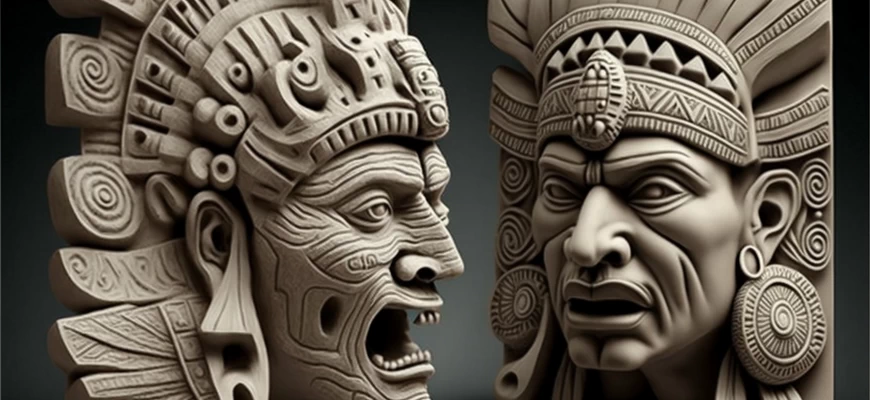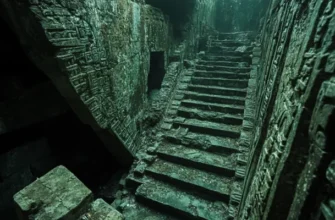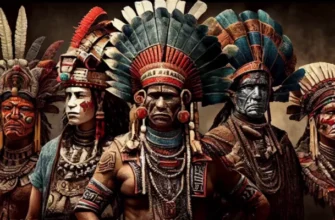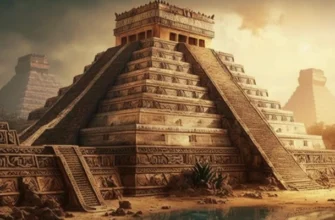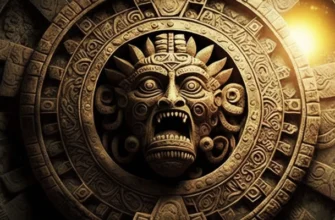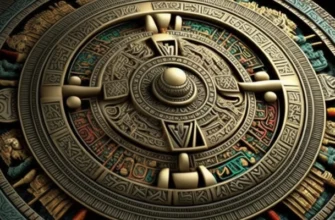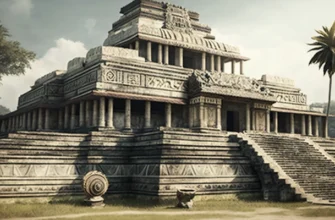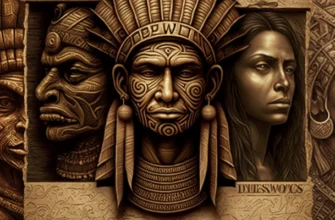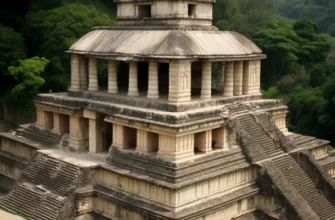Mayan sculptures are impressive works of art created more than 3000 years ago in Mesoamerica. They are characterized by complex symbolic images of gods, ceramics, and animals, as well as unusual expressiveness. Various techniques and materials were used to create Mayan sculptures. Mayan sculptures had a great influence on the art and culture of Mesoamerica, and still remain a subject of research and admiration for art lovers.
Historical context
Mayan sculptures were created in Mesoamerica more than 3000 years ago. The Maya were one of the most advanced civilizations of their time, living on the territory that covers modern Mexico, Guatemala, Belize, Honduras, and El Salvador. Mayan sculptures were used for religious and domestic purposes, and were also an important element of the art of the time. Mayan development suffered a significant decline in the 10th and 11th centuries, and many of the sculptures have since been destroyed or damaged. However, some of them have survived and have reached our time, allowing us to understand and appreciate this important component of Mesoamerican culture.
Features of style and technique
Features of the Mayan sculptures’ style and technique include a high level of detail and realism of images, complex symbolic images, and the use of various materials. The craftsmen used stone that was hard enough to give a detailed shape, but at the same time soft enough to allow the use of carving techniques. At the same time, some sculptures were made of clay and wood. Mayan sculptures were highly symbolic works of art depicting gods, pottery, and animals. Their complexity and expressiveness testify to the high level of Mayan skill and creativity.
Symbolism and interpretation
Mayan sculptures have complex symbolism associated with Mayan religion and culture. For example, many of them depict deities such as Kukulkan and Chak Mul, or scenes from Mayan mythology. The sculptures also depict animals that had symbolic meaning for the Maya, such as the raccoon, which was a symbol of a higher spiritual level. Other sculptures depicted people in various poses wearing elaborate costumes and jewelry, indicating the importance of clothing and appearance among the Maya.
Interpreting Mayan sculptures can be difficult because much of their symbolism has been lost. However, some researchers argue that Mayan sculptures could have been used to convey a variety of information, such as stories, calendar data, religious rites, and rituals. The study of Mayan sculptures helps us to better understand the art and culture of this great civilization that existed in Mesoamerica more than 3000 years ago.
Types of sculptures
Mayan sculptures can be divided into several types depending on their function and the material from which they were made.
One type is relief sculptures that were depicted on the walls and facades of Mayan buildings. They can be divided into bas-reliefs, where the images look like protrusions, and flat reliefs.
Another type is statues that depicted gods and heroes. They were usually made of stone and installed in shrines.
The third type is various religious objects such as ceilings and altars. Ceilings were vertical stone planks that contained symbolic images and inscriptions. Altars were the place where religious rites were performed and were decorated with various images and symbols.
There are also other types of sculptures, such as ceramic figurines and wood sculptures. Each type of Mayan sculpture has its own characteristics and symbolism, which helps to understand the culture and art of this ancient civilization.
Conclusion
Mayan sculptures are an amazing creation that impresses with its beauty and symbolism. Their features and manufacturing techniques testify to the high level of development of the Mayan civilization and the importance they had for the religious and cultural life of the Maya. Each type of Mayan sculpture has its own characteristics and meanings, making them unique works of art. Researching and studying Mayan sculptures helps to preserve and recreate the cultural heritage of this ancient civilization for future generations.
